Buying In
I have just finished my 4th year of teaching at Tarleton Academy, where I started as an NQT. Throughout that time the school has taught mixed attainment in all subjects – apart from Maths. This is largely because as a faculty we have contested for years that ‘maths is different to other subjects’ and ‘you can’t teach mixed attainment classes in maths.’ So when I was asked to go to the first #mixedattainmentmaths conference in January 2017 on a Saturday afternoon in Birmingham I was against the idea. In addition, at this point I had a rule – no working on a Saturday. However I reluctantly decided to go along (partially because I didn’t have an excuse not to go!) with an open mind and at the very least get some ideas to develop my teaching.
I went to the conference with my school’s Director of Standards Jo Bacon (@miss_jobacon) and we were ready to sink our teeth in – starting with a team selfie.
I have just finished my 4th year of teaching at Tarleton Academy, where I started as an NQT. Throughout that time the school has taught mixed attainment in all subjects – apart from Maths. This is largely because as a faculty we have contested for years that ‘maths is different to other subjects’ and ‘you can’t teach mixed attainment classes in maths.’ So when I was asked to go to the first #mixedattainmentmaths conference in January 2017 on a Saturday afternoon in Birmingham I was against the idea. In addition, at this point I had a rule – no working on a Saturday. However I reluctantly decided to go along (partially because I didn’t have an excuse not to go!) with an open mind and at the very least get some ideas to develop my teaching.
I went to the conference with my school’s Director of Standards Jo Bacon (@miss_jobacon) and we were ready to sink our teeth in – starting with a team selfie.
The fact that so many people had given up their time – including those running workshop sessions who did it for free – and travelled from all over the country is a testament to the hard work Helen Hindle had put in to organising the event. The opening presentation began and went through the purpose of the conference, including what the sessions were about and why we were all here. Being someone who had been sceptical of teaching mixed attainment maths I was ignorant of one of the underlying fundamental reasons behind it – no child has a fixed ‘ability’. This struck home with me straight away. Why do we tell students at an early age that they are of certain ability? And what impact does this have on students? But then how do we cater for students at different stages in their learning? I needed to know more and I was keen to find out.
My first session was with Mike Ollerton on using geoboards and that’s all it took for me to see what teaching mixed attainment classes was all about. I am sure anyone who has had the pleasure of learning from Mike will appreciate how amazed I was, having gained so many ideas in such a short space of time. I have since used ideas from his session on several occasions with fantastic results, but that is for another blog!
My first session was with Mike Ollerton on using geoboards and that’s all it took for me to see what teaching mixed attainment classes was all about. I am sure anyone who has had the pleasure of learning from Mike will appreciate how amazed I was, having gained so many ideas in such a short space of time. I have since used ideas from his session on several occasions with fantastic results, but that is for another blog!
My next session also had a massive impact, thanks to Zeb Friedman who shared her experiences of teaching mixed attainment classes in Key Stage 4. There were many things that I took from her session, and the resource I liked the most was learning journeys. I love how she uses GCSE questions along with a learning journey at the very start of a unit so that students can see the types of question they might expect to be asked. A mini write-up of my experiences of using Zebedee’s ideas can be found at http://www.mixedattainmentmaths.com/blog
By the end of the day I was fully on board. Having the opportunity to learn from such experienced, knowledgeable people with a passion for teaching mixed attainment maths made a massive impact on my development as a relatively inexperienced teacher, and I can’t thank each of them enough. Since the first #mixedattainmentmaths conference I have tried a number of the ideas that were shared and I am looking forward to sharing my experiences, but for now I am happy to say that it has changed my perspective on teaching, and the way that I teach. I have since changed my rule on working on Saturdays, and I have bought in to mixed attainment maths.
By the end of the day I was fully on board. Having the opportunity to learn from such experienced, knowledgeable people with a passion for teaching mixed attainment maths made a massive impact on my development as a relatively inexperienced teacher, and I can’t thank each of them enough. Since the first #mixedattainmentmaths conference I have tried a number of the ideas that were shared and I am looking forward to sharing my experiences, but for now I am happy to say that it has changed my perspective on teaching, and the way that I teach. I have since changed my rule on working on Saturdays, and I have bought in to mixed attainment maths.
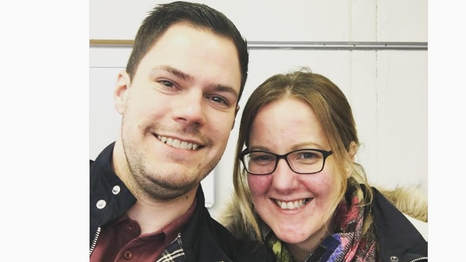
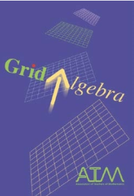
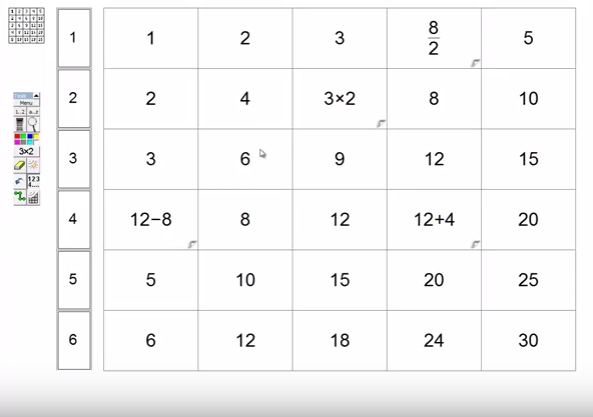
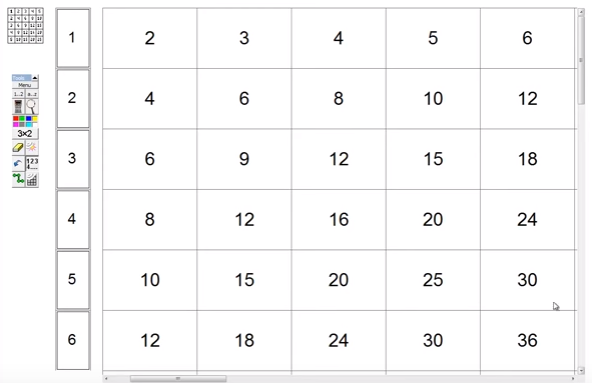
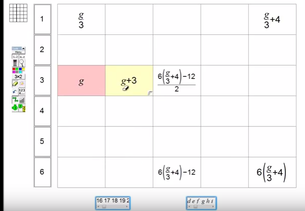
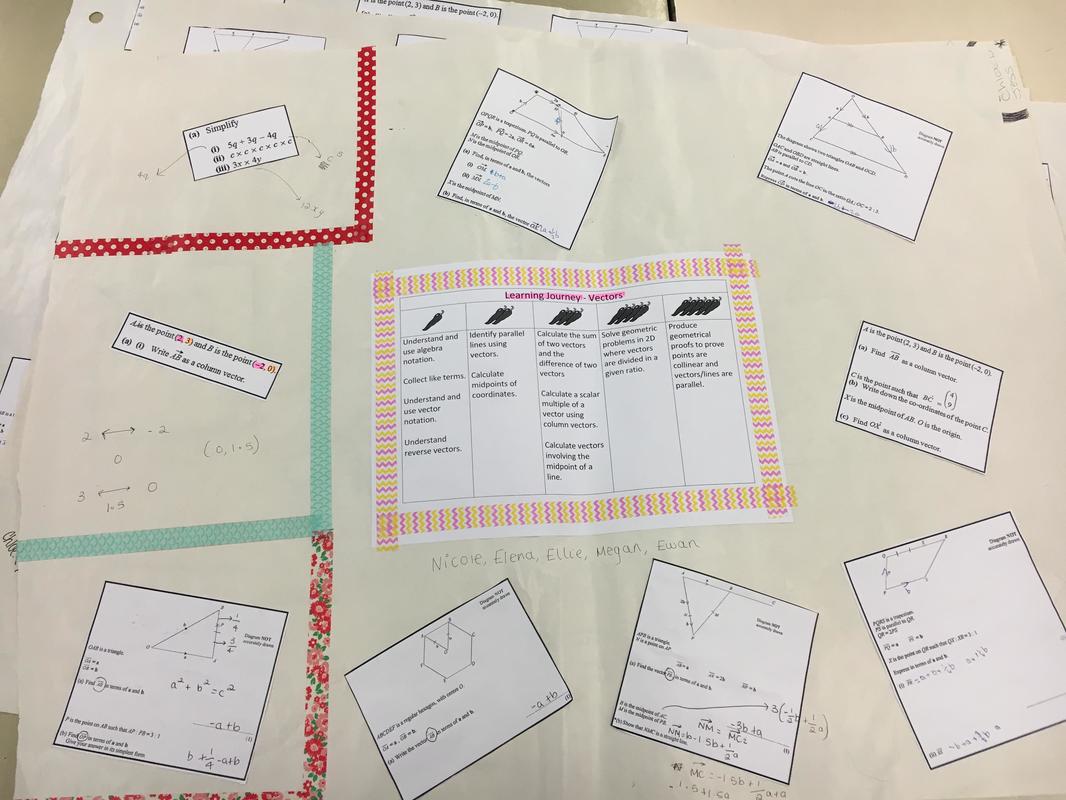
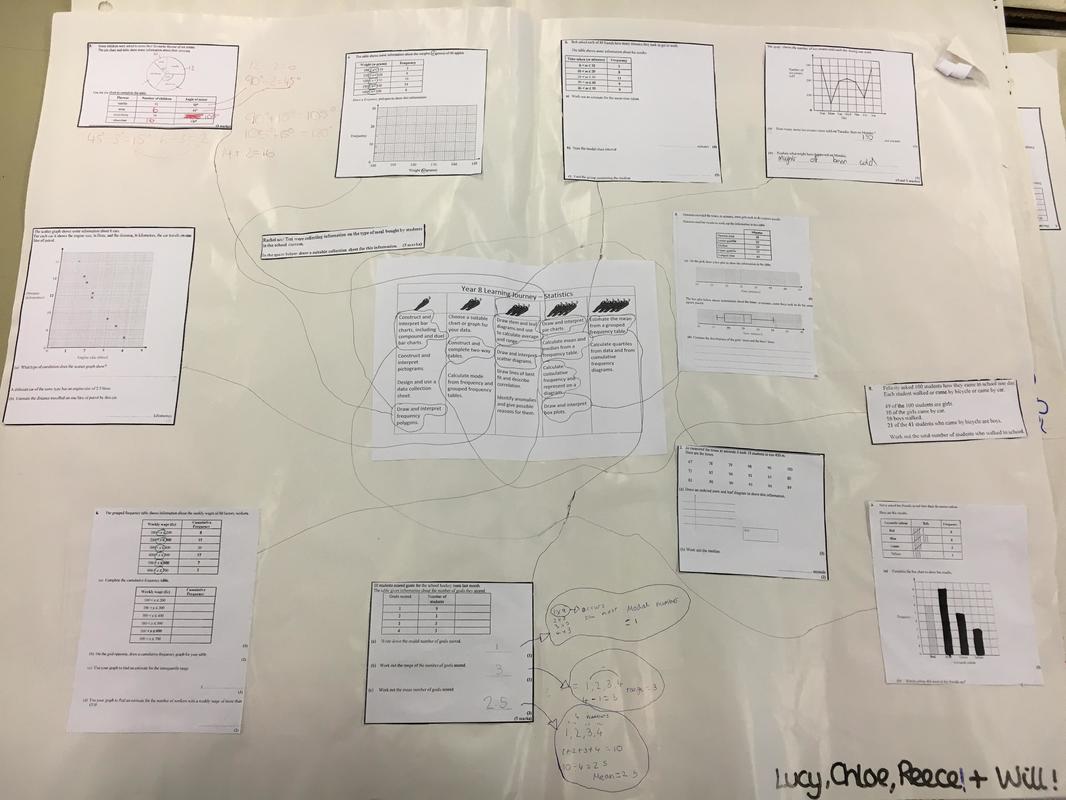
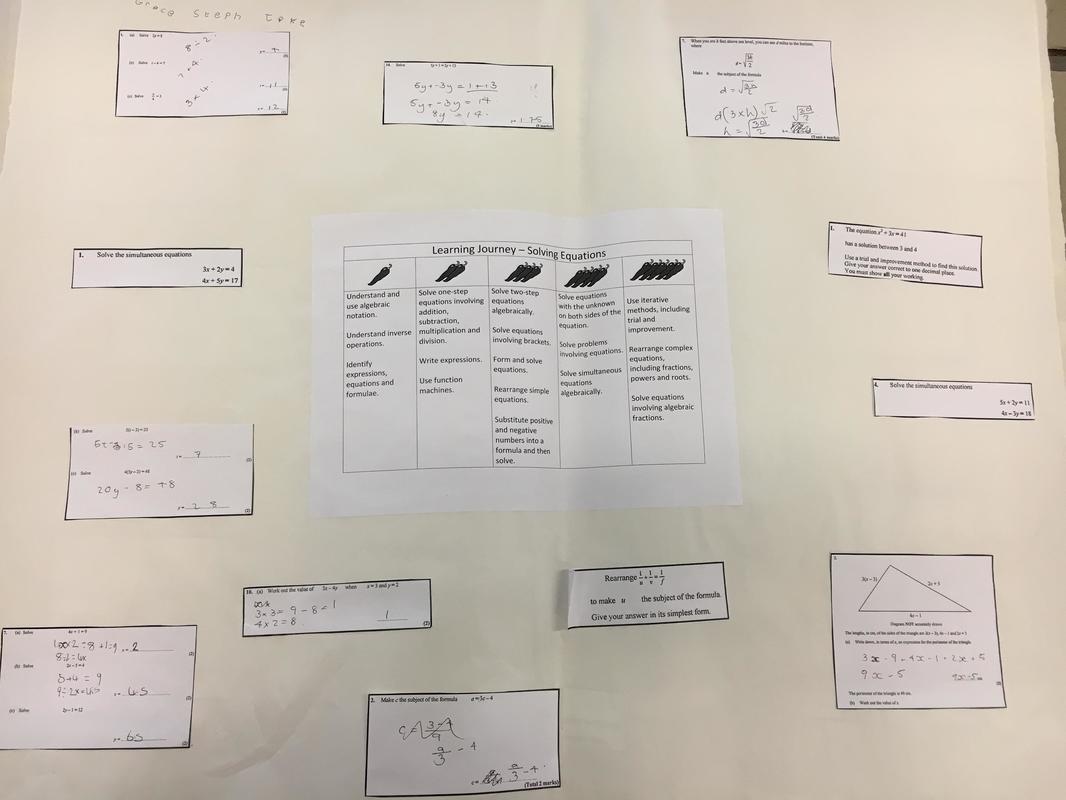
 RSS Feed
RSS Feed
